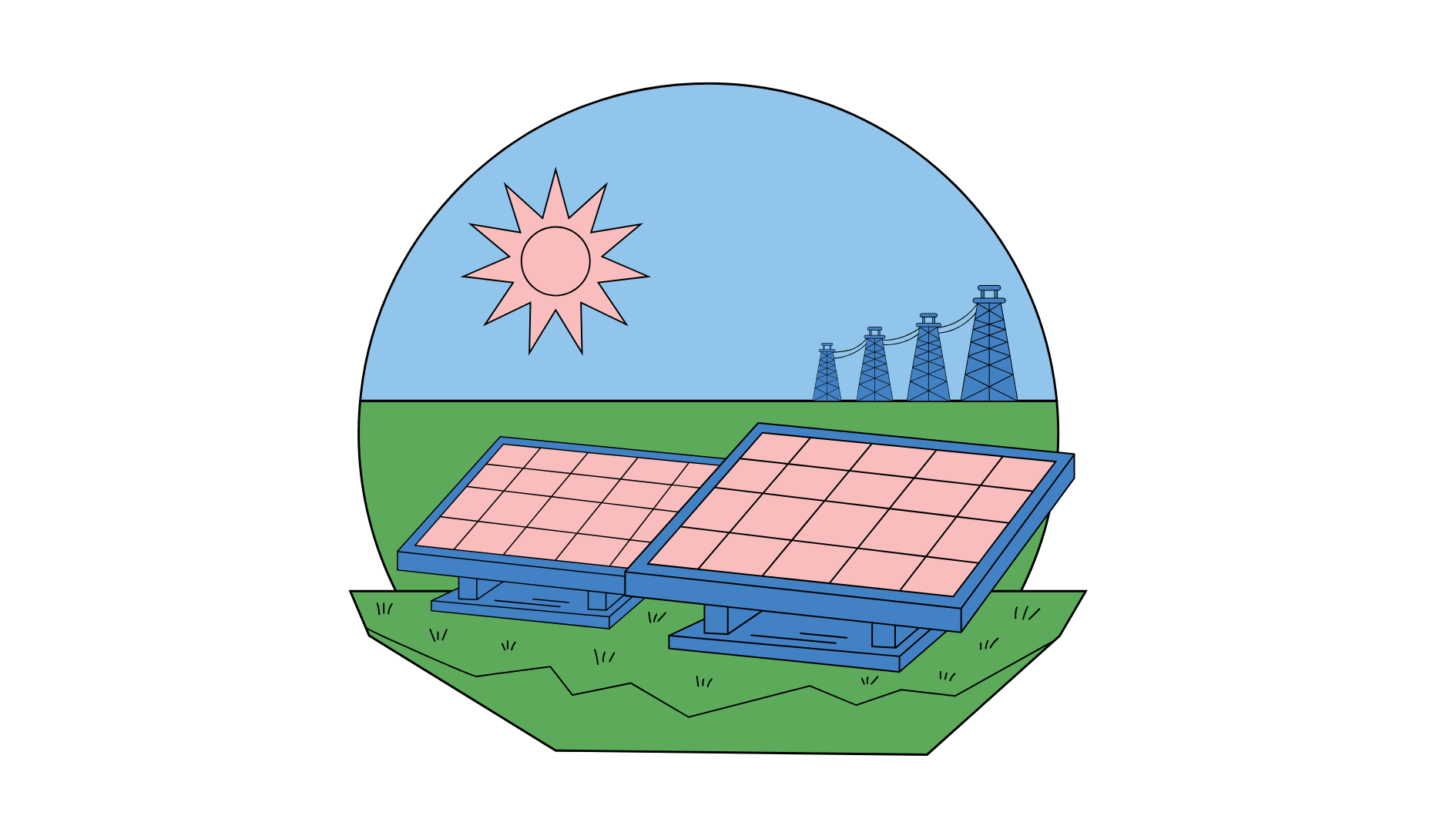Back to: Comparing Solar System Types: Grid-Tied, Off-Grid, and Hybrid
Grid-tied solar systems are connected to the local utility grid. They are the most common type of solar installation, especially in urban and suburban areas.
Key Features

Grid Connection
Allows the system to draw power from or send excess power to the grid.

Net Metering
Enables users to earn credits for excess energy sent back to the grid.

No Battery Requirement
Reduces initial installation costs as batteries are not needed.
Advantages

Cost-Effective
Lower installation costs compared to other systems.

Reliable Backup
Access to grid electricity during nighttime or cloudy days.

Scalable
Easy to upgrade with additional solar panels.
Drawbacks

Dependent on the Grid
No power during grid outages unless paired with a battery backup.

Net Metering Policies
Reliance on local regulations, which may vary.
Ideal For:

Residential or commercial users with consistent access to the utility grid.

Those looking for an affordable and straightforward solar solution.




